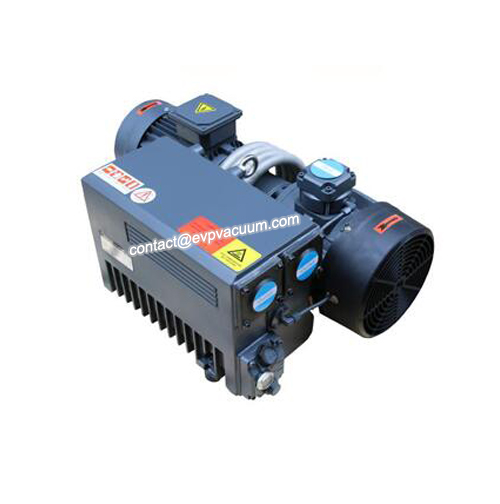vacuum pump for autoclave machine
Vacuum pump has been playing an important role in the pharmaceutical and medical industry. The freeze-drying, concentration, cleaning, packaging, negative pressure transportation of drugs, etc. today, let’s talk about the advantages of vacuum pump used in autoclave.
The pulsating vacuum pressure steam sterilizer is aimed at the sterilization of humidity resistant and heat-resistant reusable equipment. We only know that the sterilized equipment is sterile, but we don’t know how to do it. Why does the sterilizer come out with bacteria before entering the sterilizer? Let’s understand the sterilization principle and process of the equipment.
I. sterilization principle: by means of mechanical vacuum pumping, the negative pressure is formed in the sterilization room, and the steam can quickly penetrate into the interior of the articles. After contacting with the instrument, the saturated steam releases a large amount of latent heat (2250kj). When the steam meets the cold sterilization articles, it will condense into water, release all latent heat, and make the temperature of the sterilization articles rise rapidly. The rapidly rising temperature makes the Proteins coagulate and denature, killing all microorganisms including bacterial spores.
II. Sterilization process: the sterilizer shall place the equipment to be sterilized in the special sterilization rack, push the sterilizer into it, close the front door, and the operator shall operate the sterilization procedure set in advance for sterilization. The procedure is as follows:
Pulsation——heating——sterilization——exhaust——drying——end
Pulsation: vacuumize and steam in the inner chamber of the sterilizer for three times, and then vacuumize again. When the pressure in the inner chamber reaches the lower limit of pulsation, the program turns to the heating stage. After this stage, the cold air removal rate of the inner chamber can reach more than 99%, so as to ensure that there is no dead point in the inner chamber and that the sterilization is qualified.
Temperature rise: the steam enters the inner chamber through the interlayer of sterilizer to heat the instrument. Meanwhile, the drain valve in the inner chamber is opened intermittently to discharge the water generated after condensation of the steam. When the temperature of the inner chamber reaches the set value, the procedure will be transferred to the sterilization stage.
Sterilization: start sterilization timing. During this period, the inlet valve of the inner chamber is controlled by the temperature and pressure of the inner chamber to ensure that the inner chamber is kept within a certain temperature range to sterilize the instrument. When the temperature of the inner chamber is higher than the upper limit of the value set by the sterilizer, the steam inlet valve is closed; when the temperature is lower than the lower limit of the value, the steam inlet valve is opened; at the same time, when the pressure of the inner chamber is higher than the upper limit of the value, the steam inlet valve is closed; when the pressure of the inner chamber is lower than the lower limit of the pressure of the inner chamber, the steam inlet valve is opened to ensure that the temperature fluctuation of the sterilization stage does not exceed 3 °. After the sterilization timing, the procedure will be transferred to the steam exhaust stage.
Exhaust: the exhaust valve is opened, and the steam in the inner chamber is discharged under the action of the internal and external pressure difference. After the action of the heat exchanger, most of the steam condenses into water, and a few of the steam is filtered and discharged to the atmosphere. When the chamber pressure drops to the set value, the program moves to the drying stage.
Drying: the vacuum pump is opened to vacuumize the inner chamber, while the interlayer maintains a certain pressure and temperature, which plays the role of drying equipment.
End: the buzzer calls. At this time, the door can be opened to push the sterilization car out to air the instrument.
High temperature sterilization is a simple, reliable, economic, rapid and easy to be accepted by the public. It is a link that can not be ignored to control hospital infection. To do a good job in disinfection and sterilization of medical devices is like grasping the lifeline of hospital infection.

vacuum pump for autoclave machine
(The article comes from the Internet. If reprinting is not allowed, please contact our company to delete it.)
